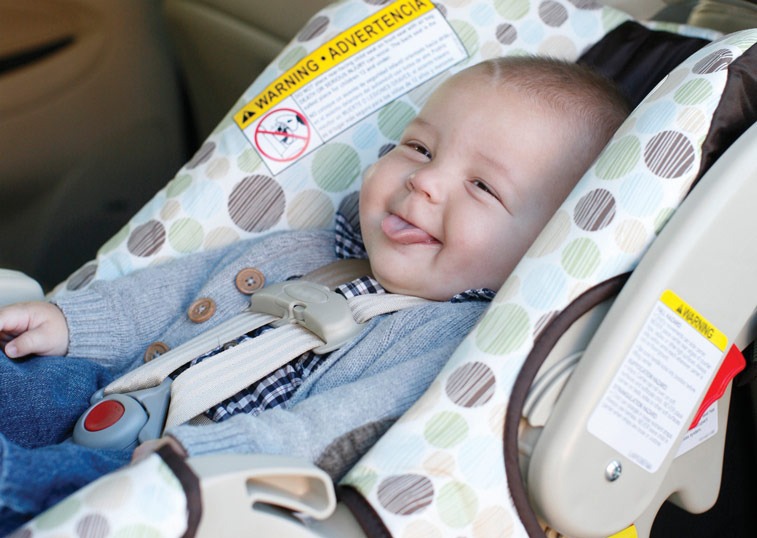What is the proper way to install a child safety seat? As many as 85 percent of child safety seats are found to be improperly installed and/or used when checked, according to studies from National SAFE KIDS Campaign Car Seat Check Ups.
Some of the most common mistakes in installing or using child safety seats include:
- Safety belt not holding the seat in tightly and/or not in locked mode
- Harness straps not snug and/or routed correctly
- Harness retainer clip not at armpit level
- Locking clip not used correctly
- Car seat recalled and not repaired (includes booster seats)
- Infants placed rear-facing in front of an active air bag
- Children turned forward-facing before reaching 2 years of age
Parents and caregivers should carefully read their vehicle owner’s manual and the instructions that come with the child safety seat to ensure proper installation and use of the seat.
The National Highway Traffic Safety Administration (NHTSA) recommends the following quick safety seat assessment:
- Is the child riding in the back seat? (The back seat is the safest place in a crash.)
- Is the child facing the correct way? (Infants up to age 2 should face the rear.)
- Is the child safety seat held tightly in place by the seat belt?
- Does the harness buckle snugly around the child?
- If the child is between 40 and 80 pounds, is he or she in a booster seat for better seat belt fit?
- Does the older child fit properly in the vehicle’s seat belts? (The shoulder belt should rest over the shoulder and across the chest, and the lap belt should fit low and tight over the upper thighs. The child should be tall enough to sit with knees bent at the edge of the seat — at least 58 inches tall and 80 pounds.)
…
Posted In Children's, Health Information, Healthy Living, Women's
